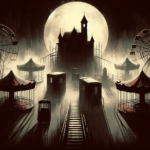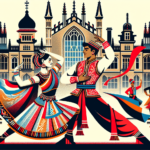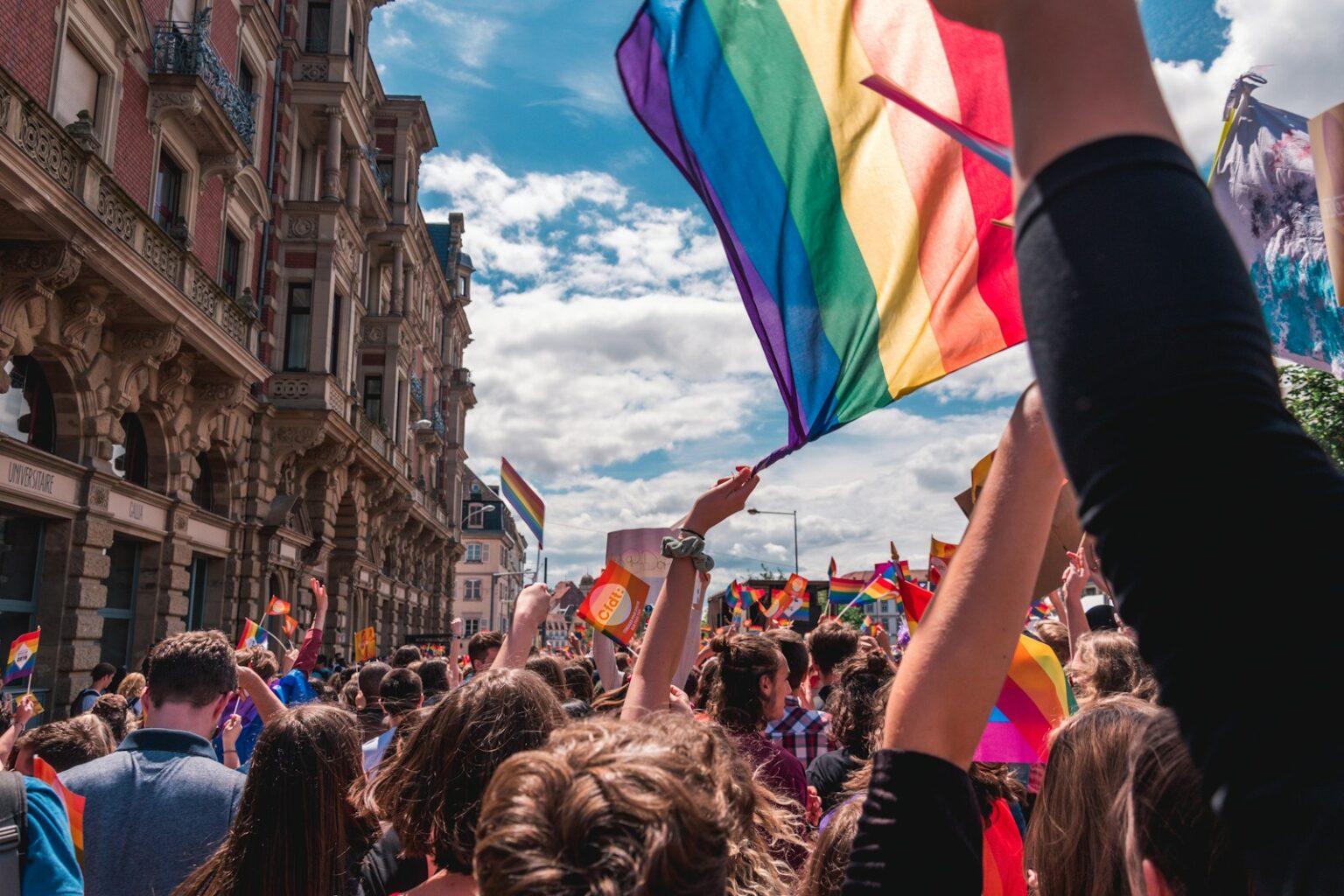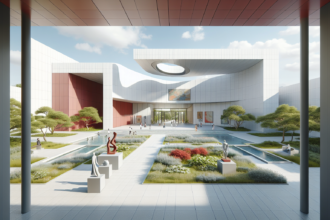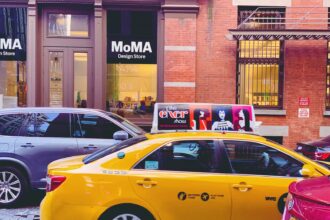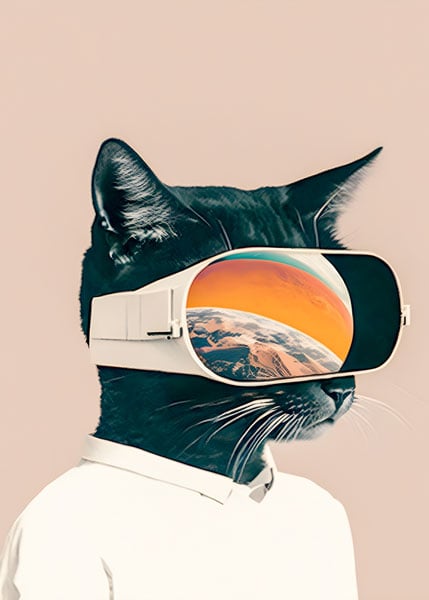The First Homosexuals: The Birth of a New Identity, 1869-1939 is a groundbreaking exhibition at Wrightwood 659 in Chicago. The show features over 300 works from 125 artists across 40 countries. It traces the emergence of queer identity starting from 1869, the year the term “homosexual” first entered public discourse.
The exhibition includes pieces from major institutions like the Tate in London and the Metropolitan Museum of Art in New York. It also features rare finds from small private collections in countries such as Spain and Sri Lanka. Curator Jonathan D.
Katz and his team spent eight years putting together this ambitious show. Through provocative works like drag portraits, two-spirit celebrations, and early same-sex unions, the exhibition dismantles the myth of binary sexuality. It presents a complex, global history of queerness long before it was policed or categorized.
Queer identity through global art
The show spans three floors and finds refuge in its independence, as institutions across Europe and the U.S. declined to host it despite being offered the full program at no cost. “It is the kind of exhibition that a massive institution like the Met regularly pulls off,” Katz told The Chicago Sun Times.
“But for a small, fairly new institution to pull off is kind of extraordinary.”
The exhibit’s final chapter revisits the Nazi destruction of Dr. Magnus Hirschfeld’s Institute for Sexual Research. This serves as a haunting reminder of how quickly visibility can vanish.
“This show is both a celebration and a warning,” Katz said. “What happened once can happen again.”
The First Homosexuals: The Birth of a New Identity, 1869-1939 is located at Wrightwood 659, 659 W Wrightwood Ave. in Chicago, IL 60614.
It will be on view through July 26. Scheduled tours are available on select dates, and an accompanying film series at Facets will be held on Wednesday nights in June.




